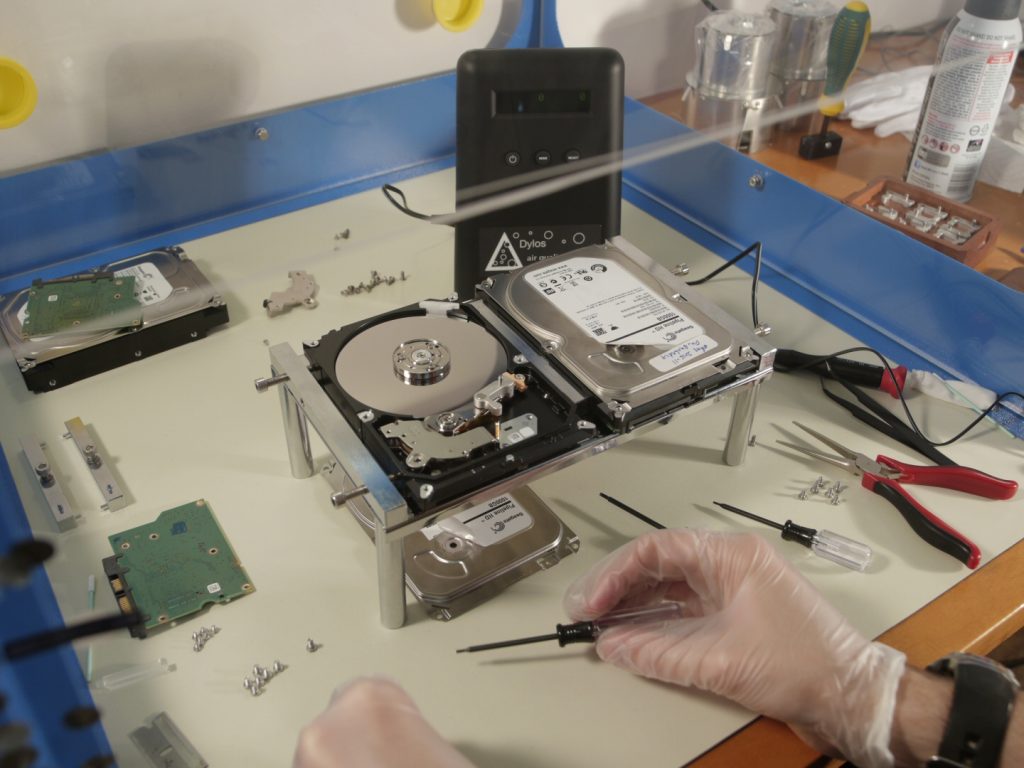Formatting your hard drive, SD card or USB stick by mistake is never a tasteful dish and may make you believe that your data recovery is gone forever, but don’t panic: you could get it back.
In this post, we will show you exactly how to recover data from a formatted device using DIY methods. If you have deleted data, we suggest you take a look at the previous article on this topic. If your device is physically damaged, then we strongly recommend that you consult a professional Data Recovery company to avoid causing further damage to the device (and your data).
What Happens When You Format A Device?
The term “formatting”, from a data storage technology point of view, refers to the practice of creating a file system on one device so that data can be stored and read on other devices. We won’t go too deep into the technical details of how file systems work, but the bottom line is to understand that any type of data storage medium (hard drive, SD card, or USB stick) is formatted with a certain type of file system so that the data is recognized.
When you format a storage device, you’re essentially telling it to create a space to store files and folders (a new file system). In this process, the device discards previous files and folder structures and starts over. This is not dangerous if you have a new storage device and are using it for the first time, but it is less secure if you have already stored data on it.
If you accidentally format a storage medium, the existing data is not completely erased, but you will no longer be able to view or access the files it previously contained. This usually happens if you use SD cards in cameras or Android phones, but it’s also very easy to accidentally format USB sticks and external hard drives that contain your personal data.

DIY Data Recovery Attempts :
So if you accidentally format a device, what can you do? As we discussed in a previous post about how to recover deleted data , it is very important to take some initial safety precautions when considering any type of DIY recovery task. Be sure to refer to the aforementioned post for comprehensive information on what precautions to take, but as a general rule it is important not to save any more data to the device as this may overwrite files that have been lost.
It’s worth noting that you can follow this process for any type of removable storage media. All you need is a Windows or Mac computer, the affected device, and reputable data recovery software like Twitter Data Analyzer . Check that you have installed it on a different device than the device you are trying to recover data from, and that you have connected the affected storage media as a removable device. If you have chosen Data Analyzer, follow these simple steps to recover your data:
- Select the types of files you want to recover (eg photos, videos or all)
- Select the device you have formatted by mistake from the list and follow the recovery process
- If you can’t find the device, select “I can’t find the device” and all the hard drives connected to the system will be displayed
- Select the device and click “Search” to find lost partitions
- Choose the partition you want to recover and select “Browse” to start the recovery process
When you recover the files, make sure to put them in a different location than the affected device. When you’re absolutely sure you’ve recovered everything you need, you can go back to using your device normally and save all your data to it again.
